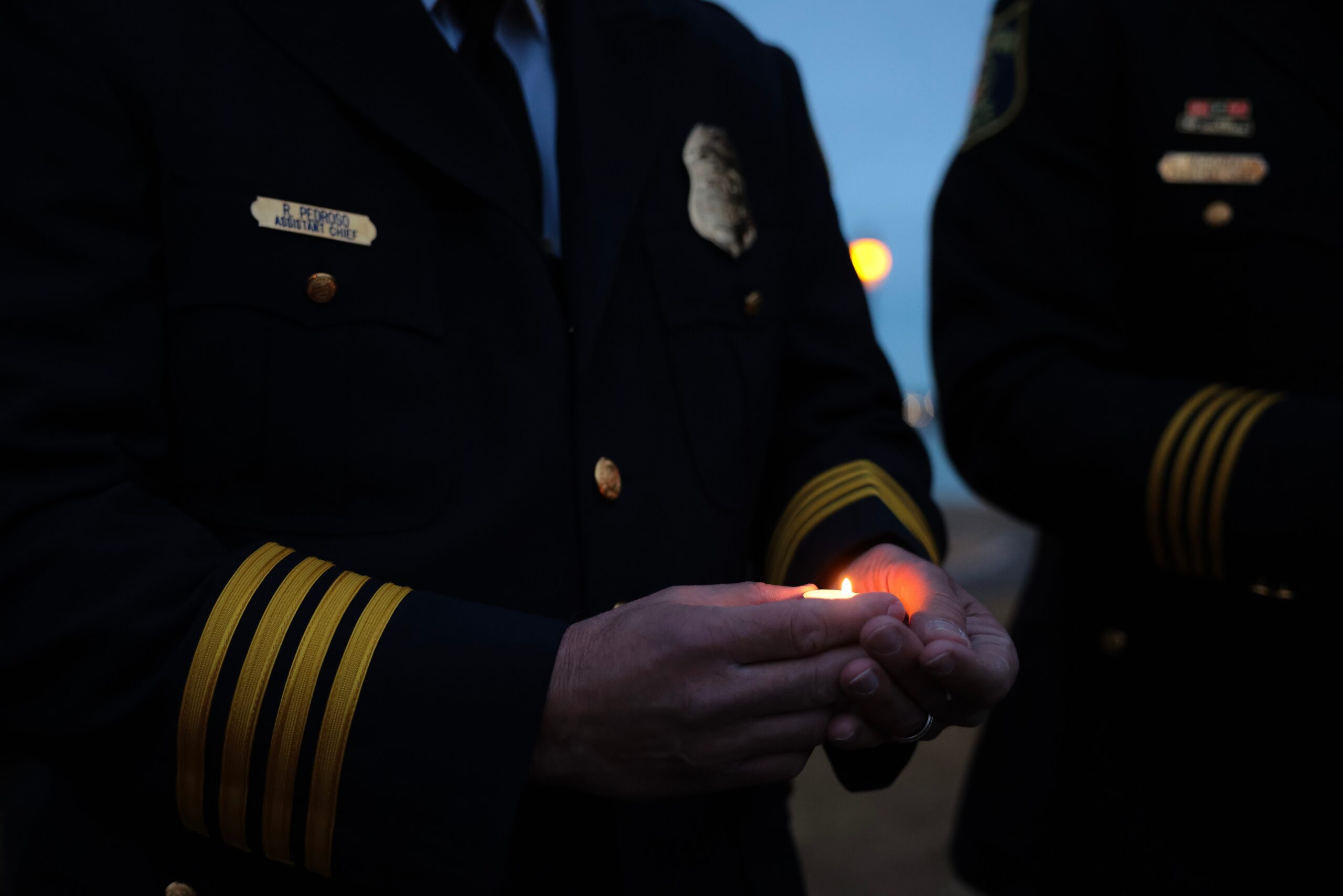
NTSB Highlights Potential Factors in Midair Collision over Potomac River
Introduction
The National Transportation Safety Board (NTSB) has identified potential elements that may have influenced the tragic midair crash between an Army Black Hawk helicopter and an American Airlines regional jet over the Potomac River. While the investigation is ongoing, Chair Jennifer Homendy has disclosed key details that shed light on the possible sequence of events.
Communication Breakdown
Preliminary findings suggest that the Black Hawk pilots may have missed a crucial radio transmission from air traffic control at Ronald Reagan Washington National Airport. Approximately 17 seconds before impact, the tower had radioed instructions for the helicopter to "pass behind" the regional jet. However, data from the Black Hawk’s cockpit voice recorder (CVR) indicates that the portion of the transmission containing the "pass behind" directive may not have been received. This omission was likely due to a transmission overlap, as the Black Hawk was simultaneously using its microphone to communicate with air traffic control.
Altitude Discrepancy
Another potential factor being investigated is the altitude at which the Black Hawk was flying at the time of the collision. The NTSB has established that the helicopter was at a height of 278 feet, which is 78 feet above the designated flight path. However, Homendy cautioned that conflicting data concerning the displayed altitude on the helicopter’s instruments is under examination.
Pilot Training and Equipment
The NTSB revealed that the Black Hawk pilot at the controls during the crash was undergoing a check ride or practical qualification exam. Both pilots were reported to be using night vision goggles at the time of the incident. The NTSB is also assessing whether a malfunctioning onboard collision avoidance system on the regional jet contributed to the incident.
Other Observations
In the moments leading up to the collision, the regional jet reportedly received a warning from its collision avoidance system, although it remains unclear if it was specifically alerting to the presence of the helicopter. Additionally, the NTSB has not yet found any evidence that the Black Hawk crew visually detected an impending collision.
NTSB Response and Recommendations
The NTSB is continuing its investigation and has not yet issued any specific recommendations. However, Homendy emphasized that the agency will not hesitate to make urgent findings during the process, should any arise.
Aviation Safety Implications
In response to the incident, Transportation Secretary Sean Duffy has implemented a temporary airspace closure for most helicopter flights in the vicinity of DCA. The NTSB will evaluate the accident sequence and determine appropriate follow-up actions, including potential permanent restrictions.
Conclusion
The NTSB’s initial findings highlight potential factors that may have played a role in the tragic midair collision over the Potomac River. Further investigation is necessary to determine the precise sequence of events and identify any systemic issues that may need to be addressed to enhance aviation safety.
